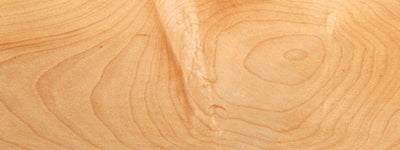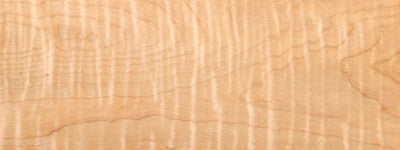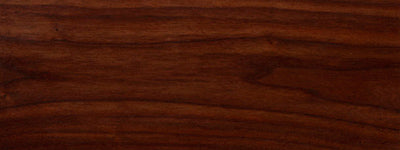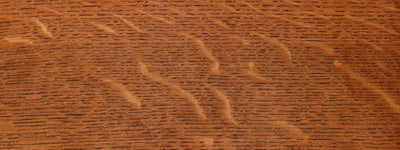RED OAK
Red Oak is a common tree in many parts of the Eastern United States. The wood from this tree is common in flooring, interior trim, and in furniture. It is very hard and dense, and wears well. The natural color of the wood ranges from light reddish-brown to a golden straw-yellow color. In addition to this natural color, we offer several darker stains. Red oak has an easily recognizable pattern of concentric arches, cathedrals, and misshapen ovals. If you run your fingernail across the grain of oak, you can feel what you see. This is typical of an open-grained wood like oak.
BIRCH
Birch is a northern species grown in New England and Southeastern Canada. Birch is commonly used in kitchen cabinets and interior doors and trim. The color of natural birch is highly varied, ranging from a very whitish-yellow to dark brown. Each piece of furniture will be unique in color and grain. If you like the comfortable feel of well-made pine furniture, but prefer something dressier, birch is a good choice.
CHERRY
Cherry is a beautiful, closed-grained wood. Many people are surprised to learn that cherry is not naturally the dark red or brown color that they so often see. In fact, unstained cherry has a light pink color that will darken to a stunning dark orange amber if left to age naturally. This process takes years, and the end result will show color and grain variations. The typical industry "cherry" finish involves bleaching the wood, staining it yellow, then layering-on lacquers and glazes. The result is a predictable, artificial finish. We typically use a simple hand-rubbed Danish oil finish.
CHERRY WITH MAHOGANY WASH
For those who want cherry with a redder finish, and some color from the beginning, we offer cherry with a mahogany "wash". This is mahogany stain, diluted 50% with natural Danish oil, to produce a light mahogany stain that turns more brown as the wood ages underneath. The stain does tend to start out a little "blotchy", and more red. After the first 6 months to a year, the color mellows to a nice even brownish tone, much different than the dark orange amber of the natural cherry.
NATURAL MAPLE
The species of maple that we use is often called hard maple. This is a very hard wood that, among other things, gets used for cutting blocks and bowling alleys. It is the same tree that produces maple syrup. We buy a grade of maple that is called "select white" or "sap white".; This gives a nice uniform white (actually a sort of light platinum blonde) color. Maple has a very smooth surface and subtle grain pattern.
CURLY MAPLE
Curly Maple is not actually a species, but simply a description of a figure in the grain. Ripples in the grain pattern create a three dimensional effect that appears as if the grain has "curled" along the length of the board. Other names for this phenomenon are flame maple, fiddle back maple and tiger maple. Valued for its beautiful appearance, it is used frequently in the manufacturing of musical instruments, such as violins, and of course, fine furniture.
MAHOGANY
Mahogany varies from yellowish, reddish, pinkish, or salmon colored when freshly cut, to a deep rich red, to reddish brown as the wood matures with age. It is a semi-open grain wood, with grain lines alternating from light to dark tones. Mahogany has excellent workability, and is very durable and slow to rot. It is regarded by many as the world's premier woods for boat making, furniture, musical instruments, and other durable objects. Our mahogany is the only non-indigenous wood we offer. It has been carefully selected and harvested to preserve the ecosystem from which it was taken.
WALNUT
Because of its color, hardness and grain, Walnut is a prized furniture and carving wood. Early colonists exported walnut wood to England from Virginia as early as 1610. Since that time, walnut has been used for fine furniture, architectural woodwork, musical instruments, decorative panels, interior trim, and flooring. Large amounts are also used for veneers. Its stability and shock resistance make it the wood of choice for gun stocks. Walnut is noted for its rich grain patterns, nutty chocolate or purplish brown color, and matte sheen.
1/4 SAWN WHITE OAK WITH ENGLISH OAK STAIN
Quarter-sawn white oak lumber was the wood of choice for building many of the barns, homes and buildings of our early American history; it is one of the hallmarks of the Arts & Crafts furniture style. At the mill, the log is first split into four quarters (hence the name “quarter-sawn”), then cut on the diagonal from the center of the tree out toward the edges. Quarter-sawn white oak is a very strong stable wood that resists rot and wear. White oak is beige to creamy tan colored and has a finer texture than red oak. It also has a more pronounced grain than red oak, and is highly recognizable for its swirls and burls called medullary ray flakes.








